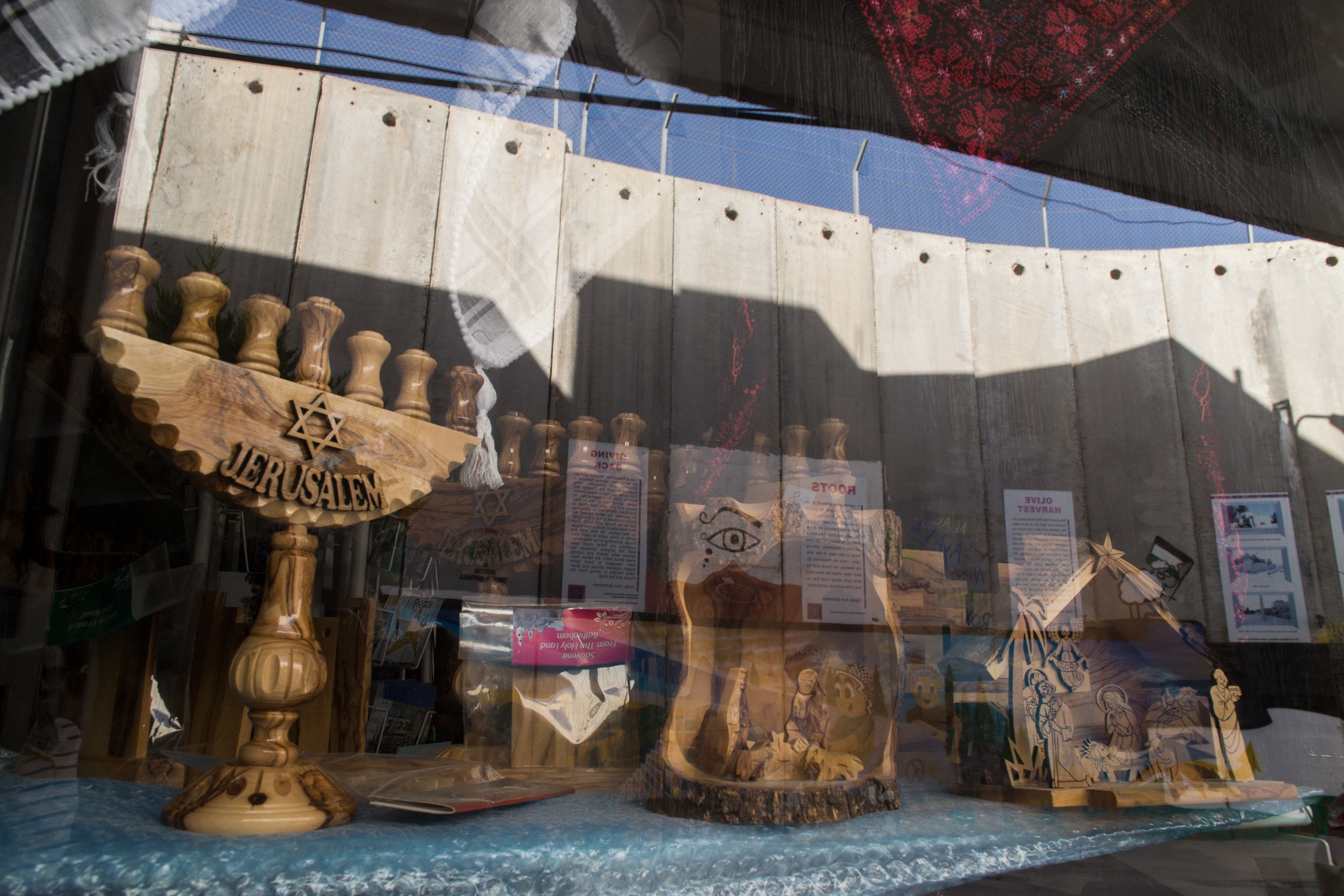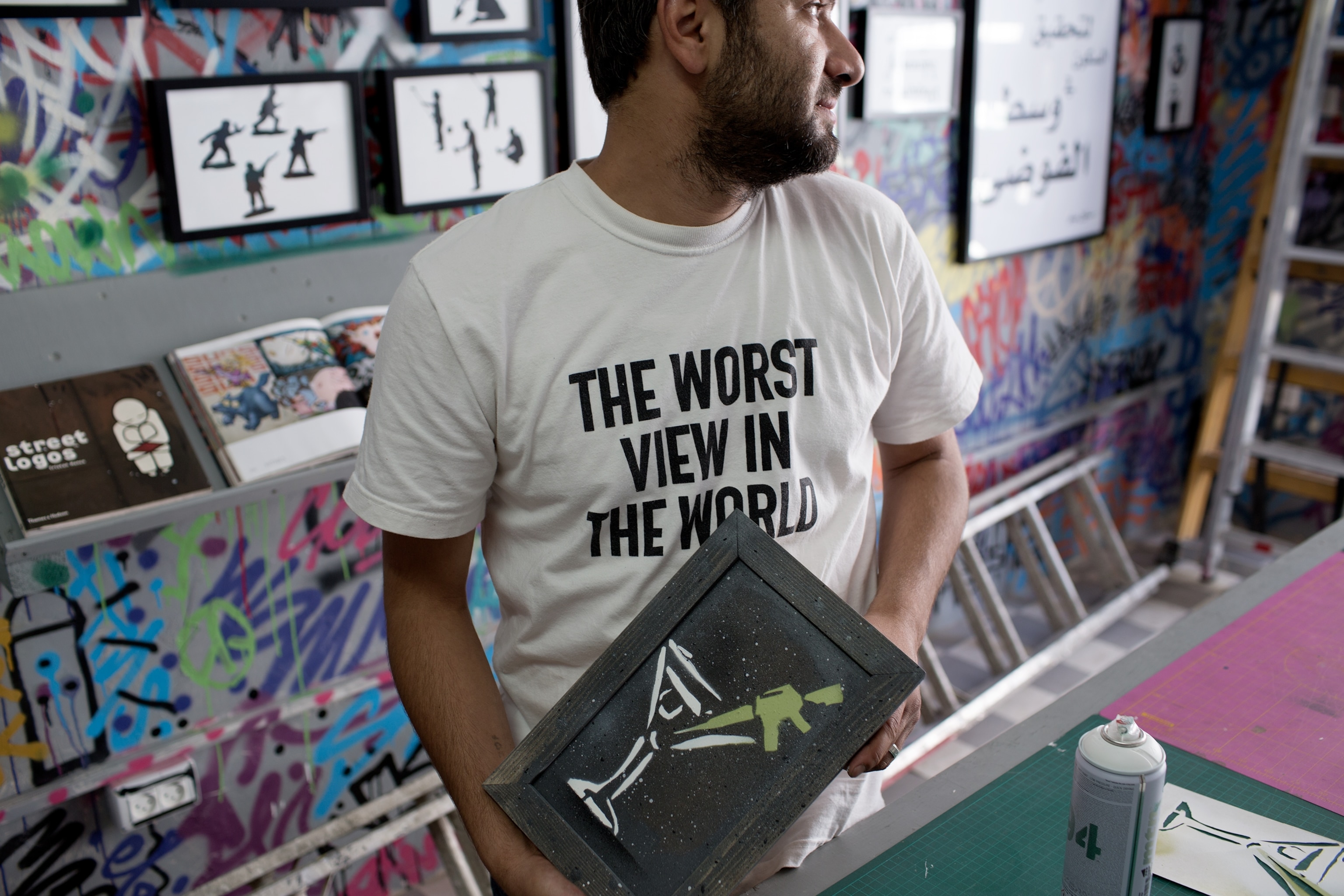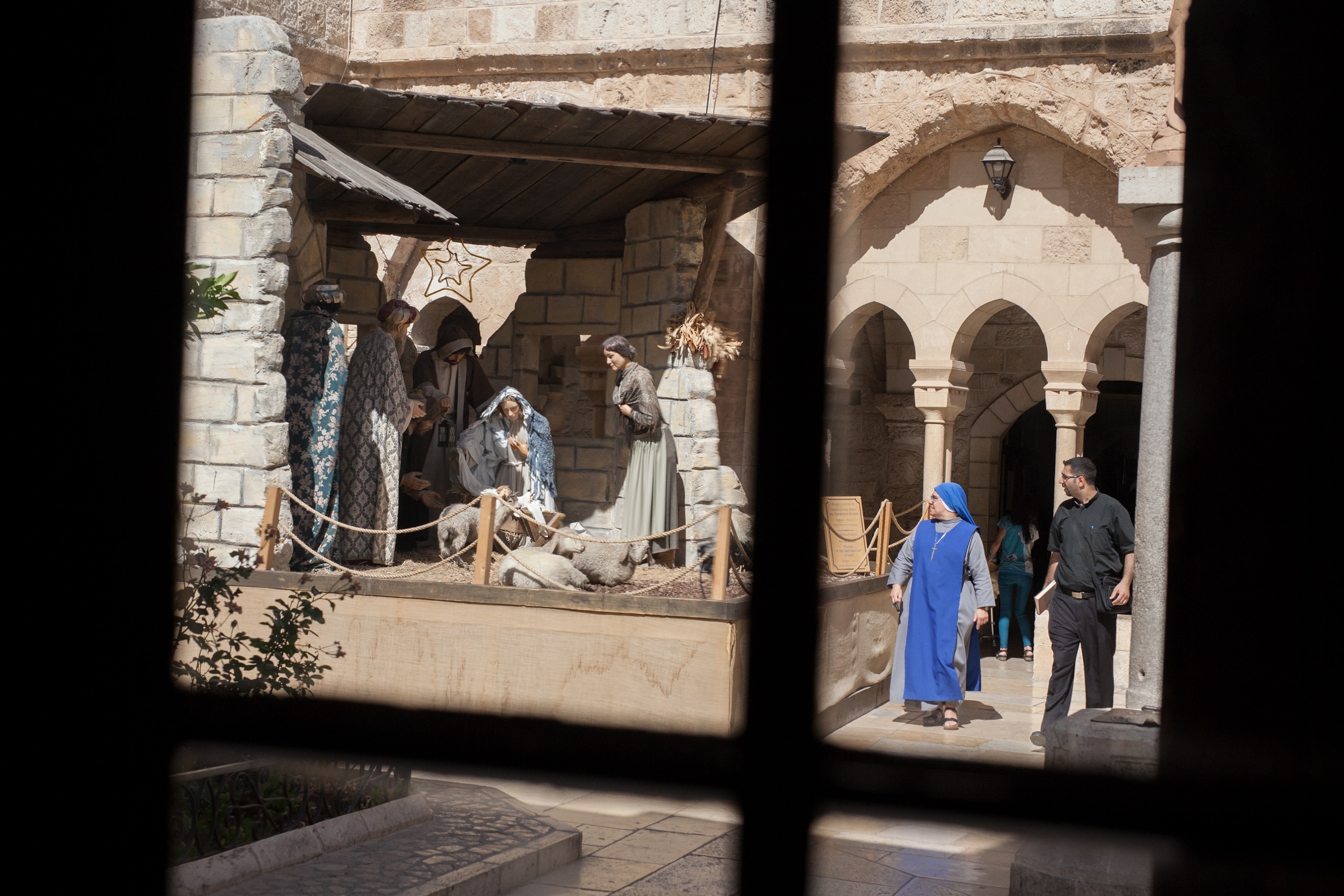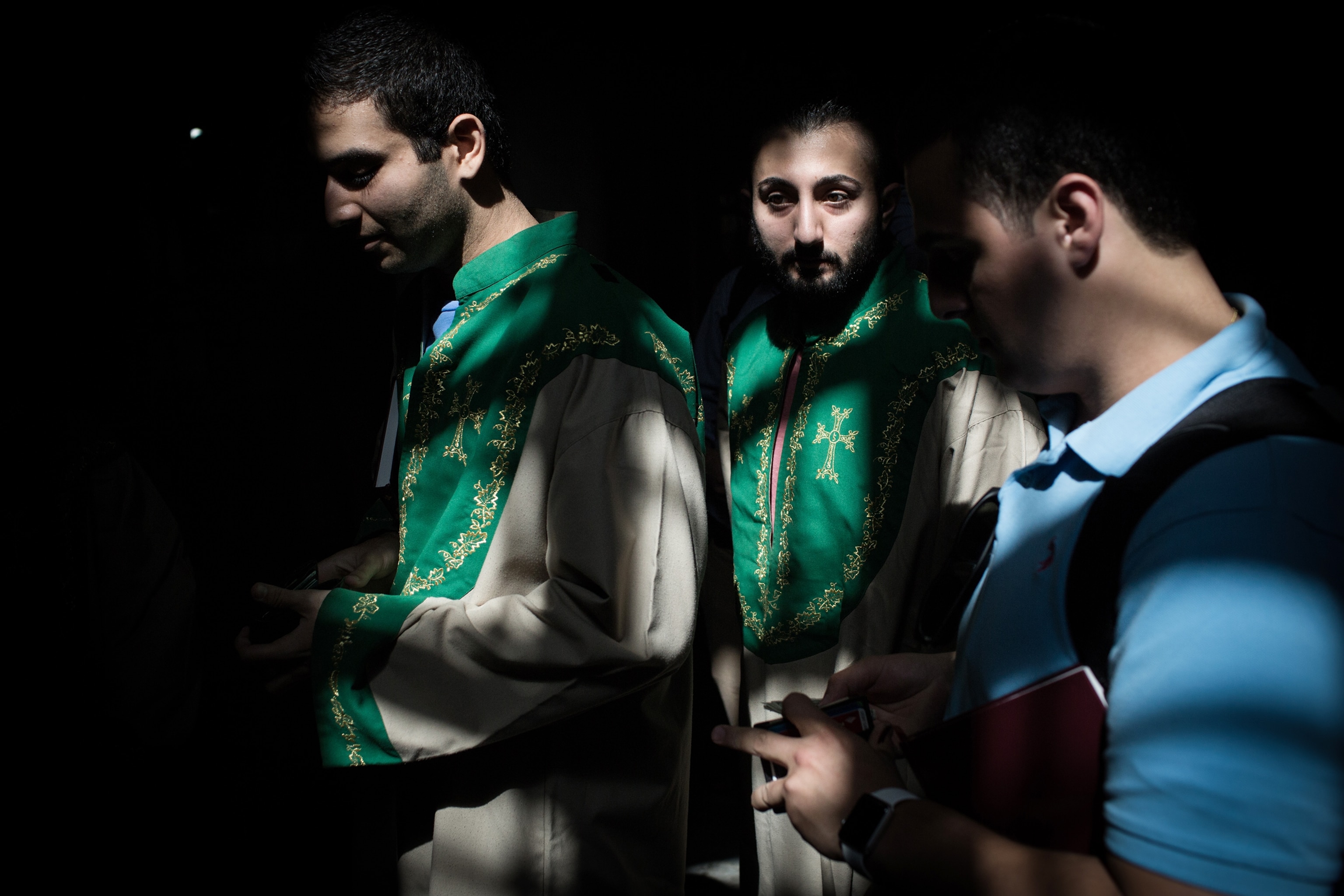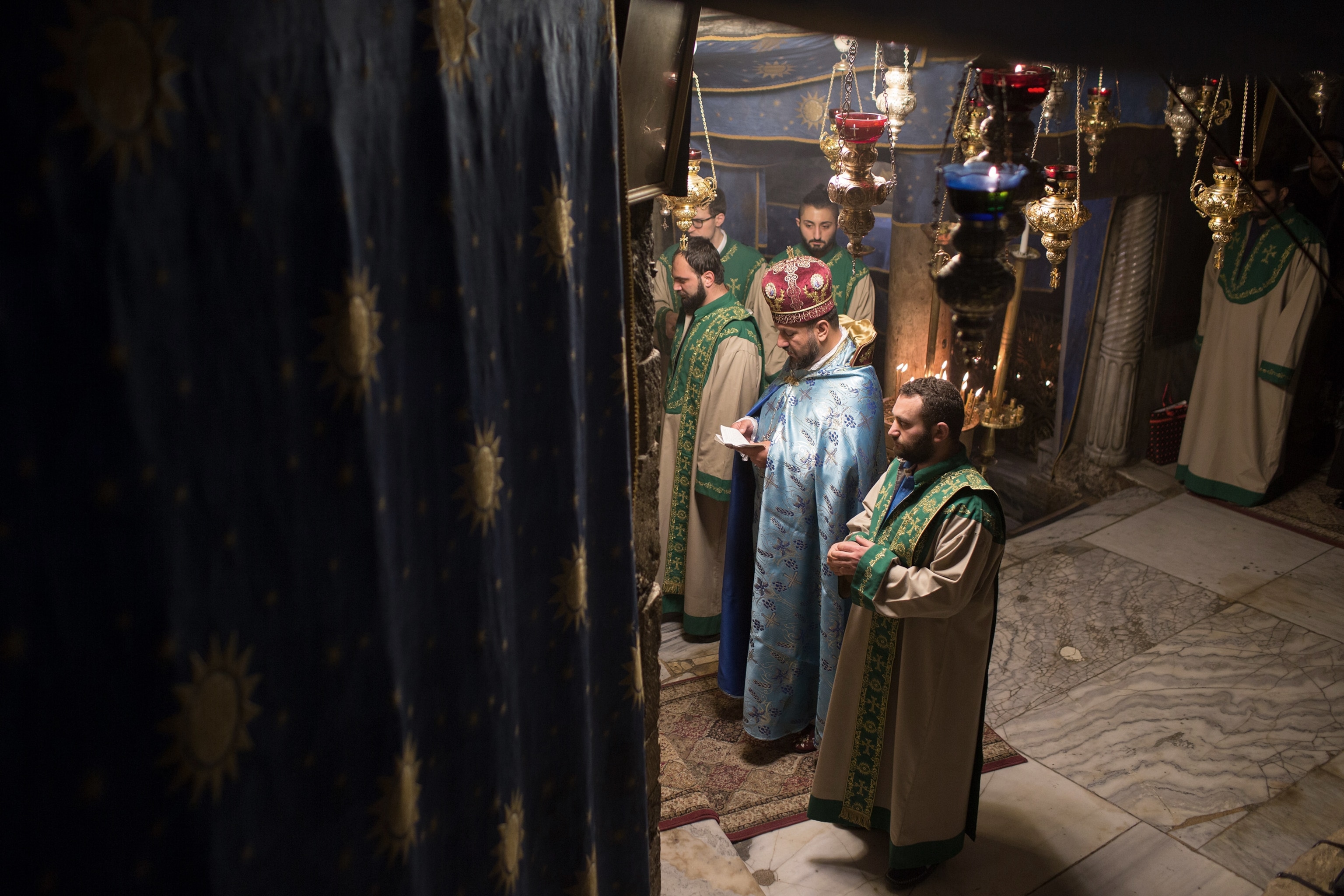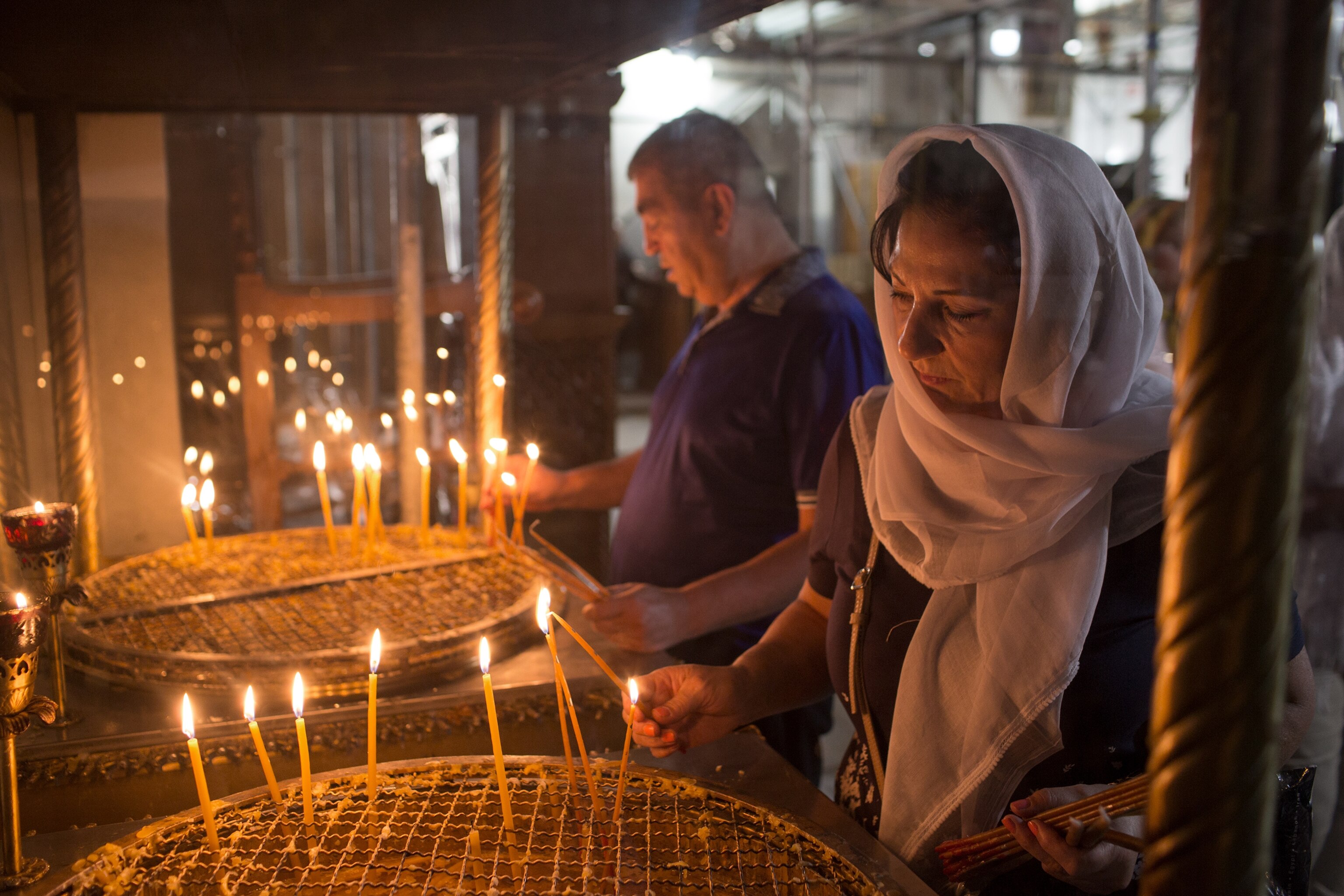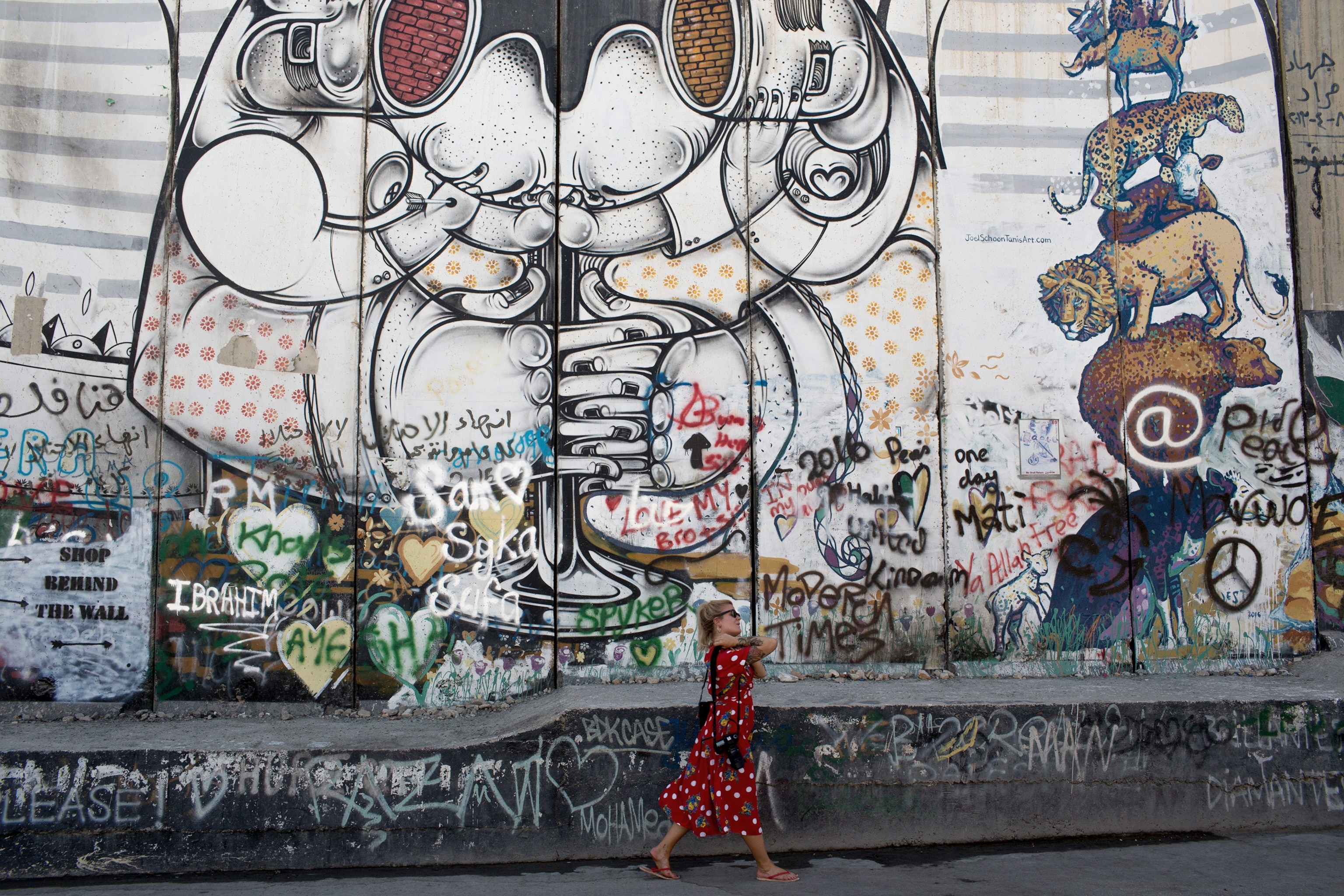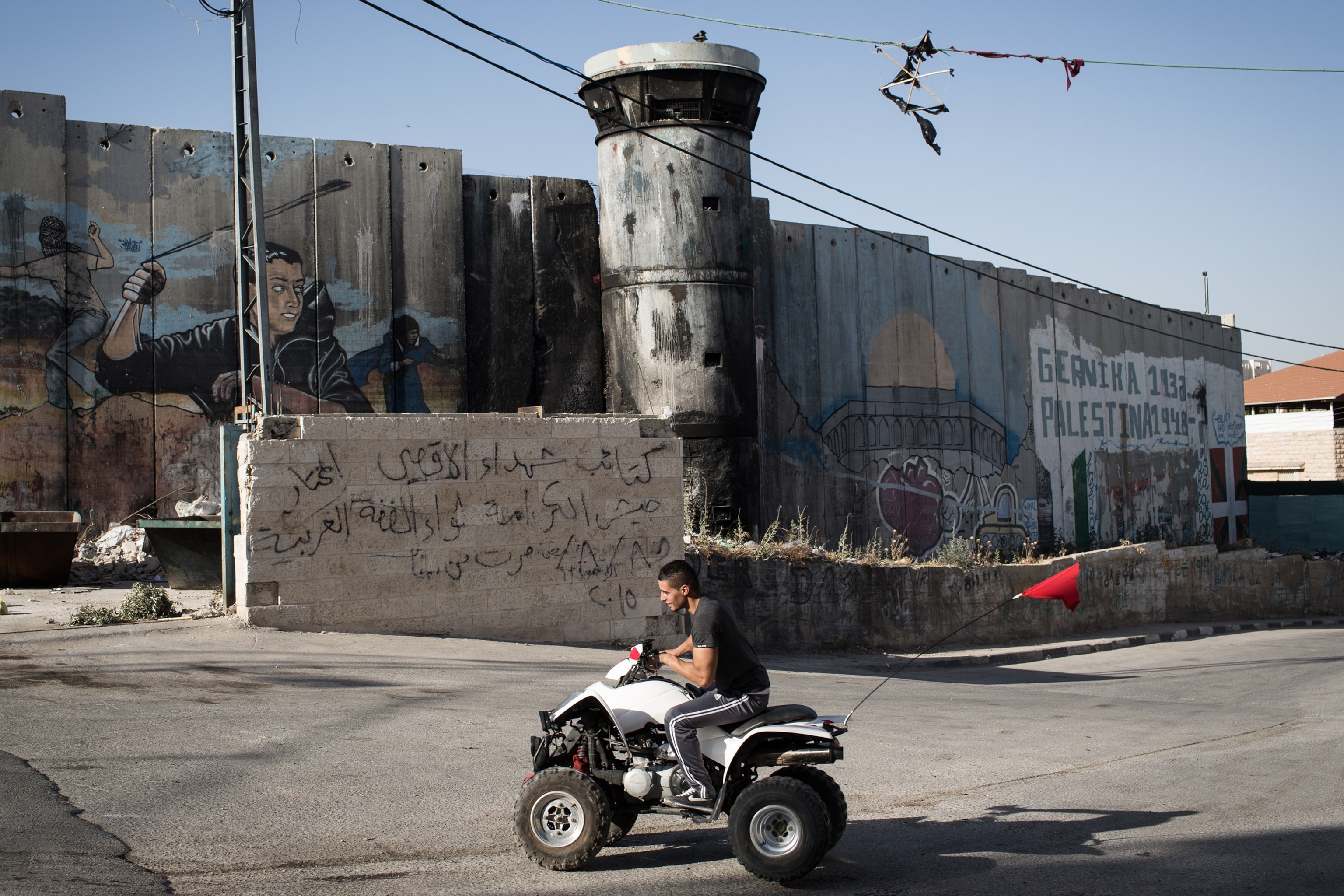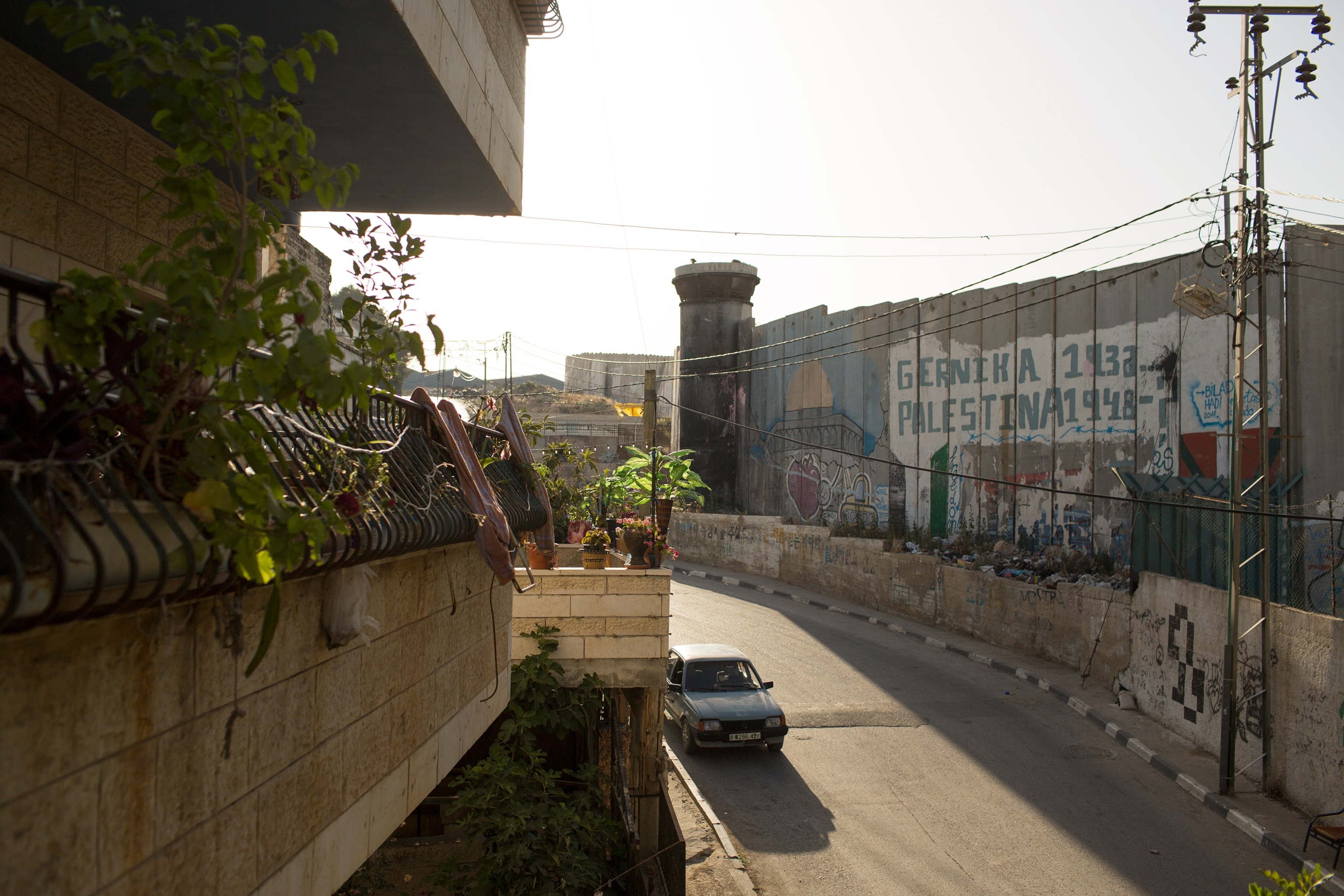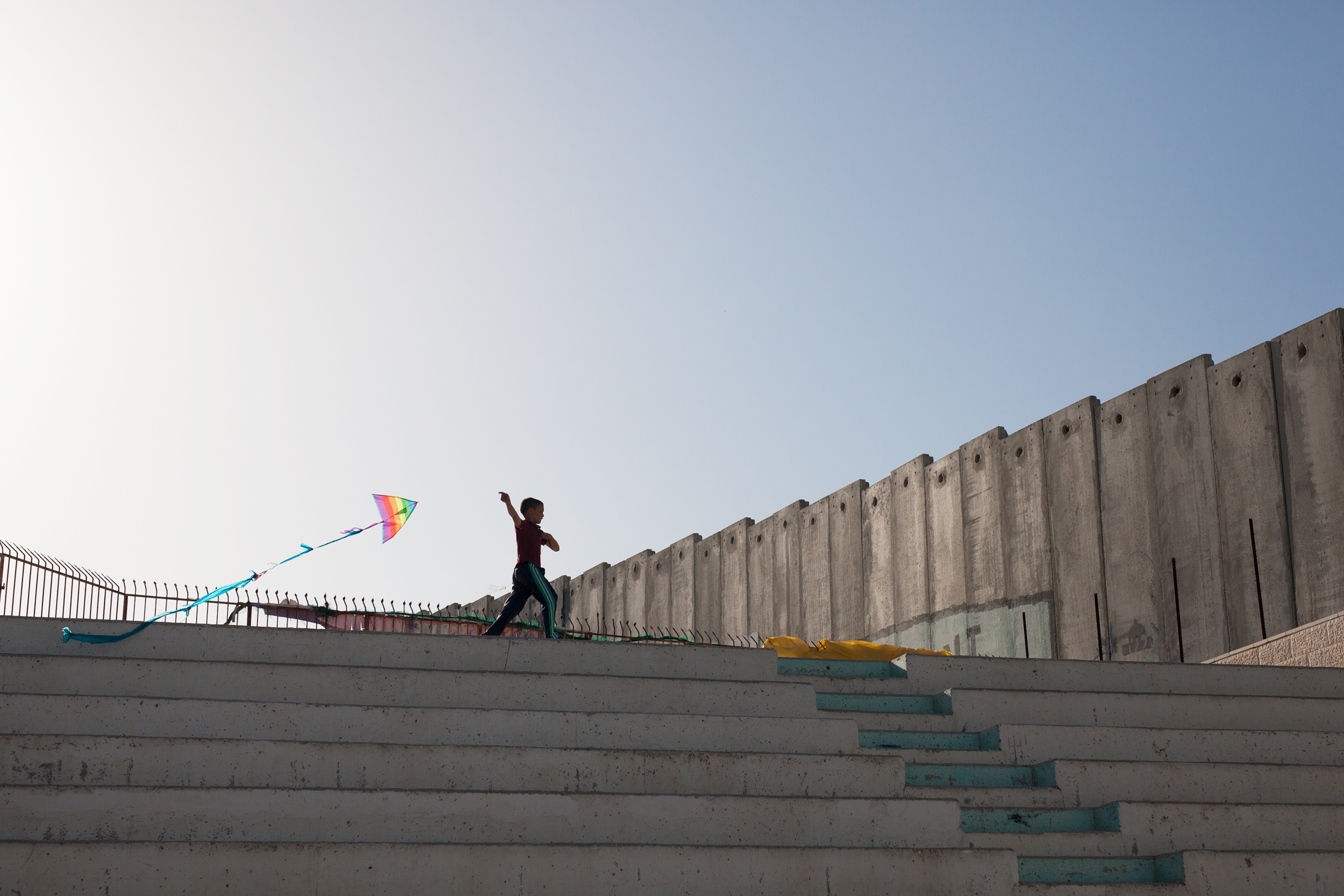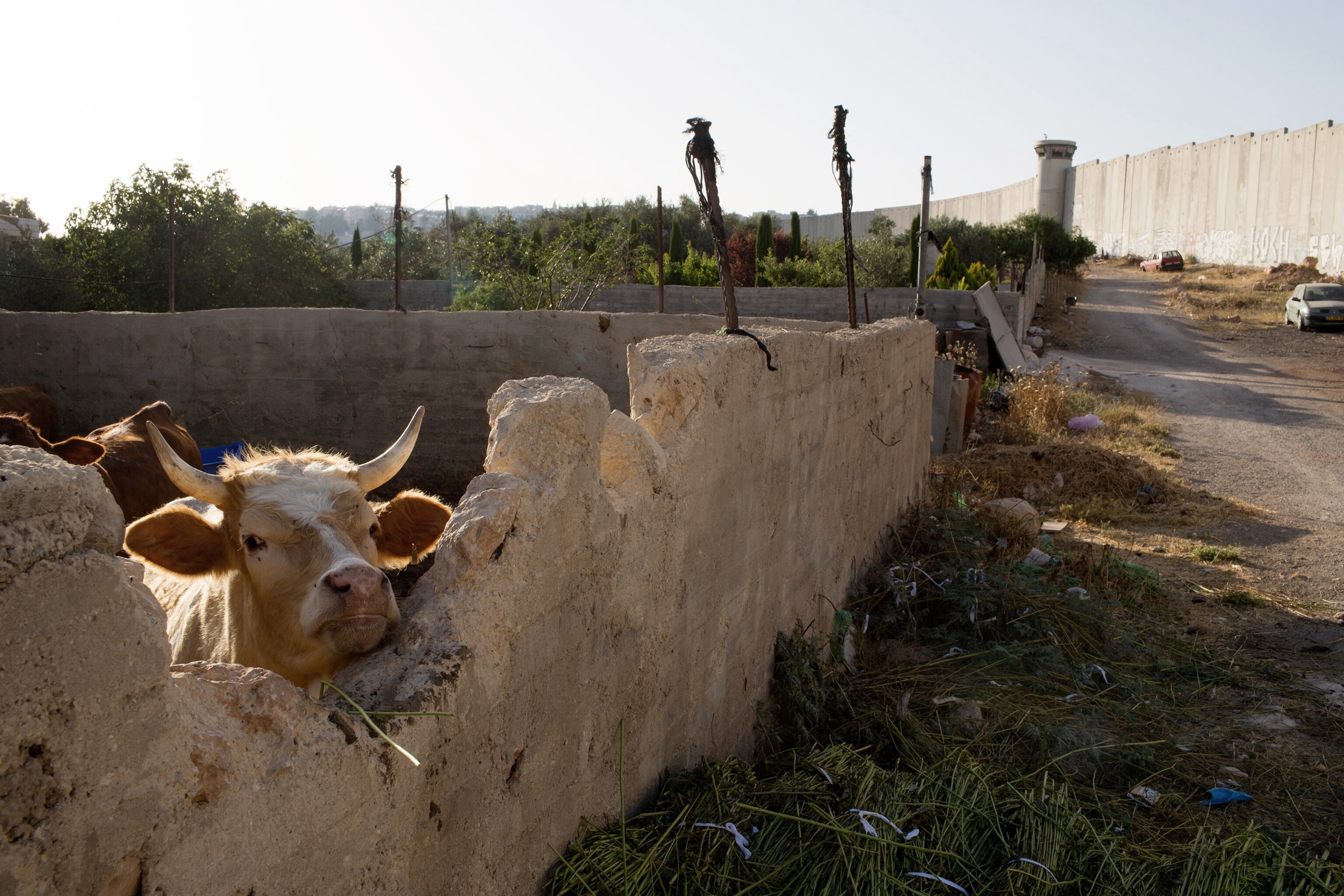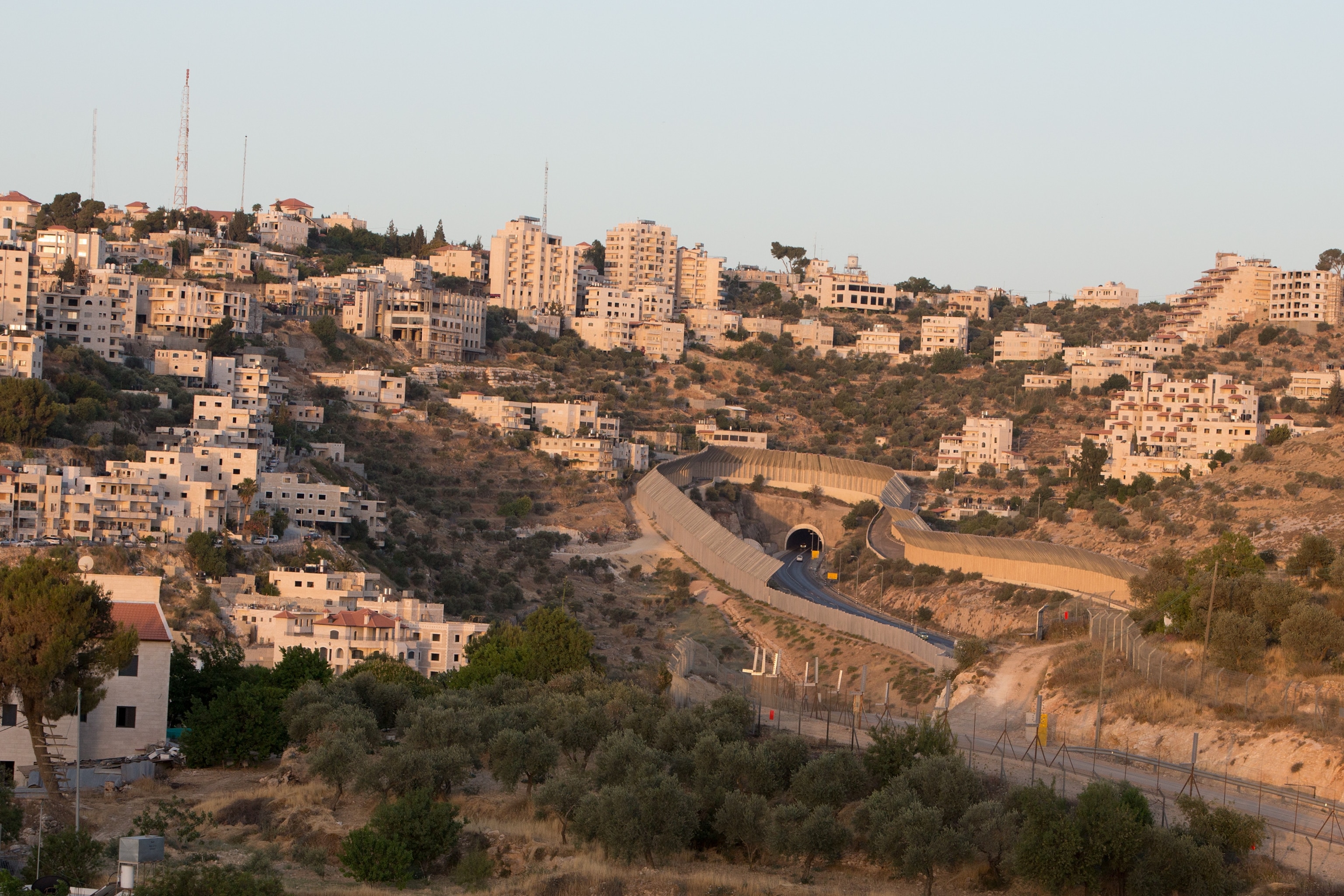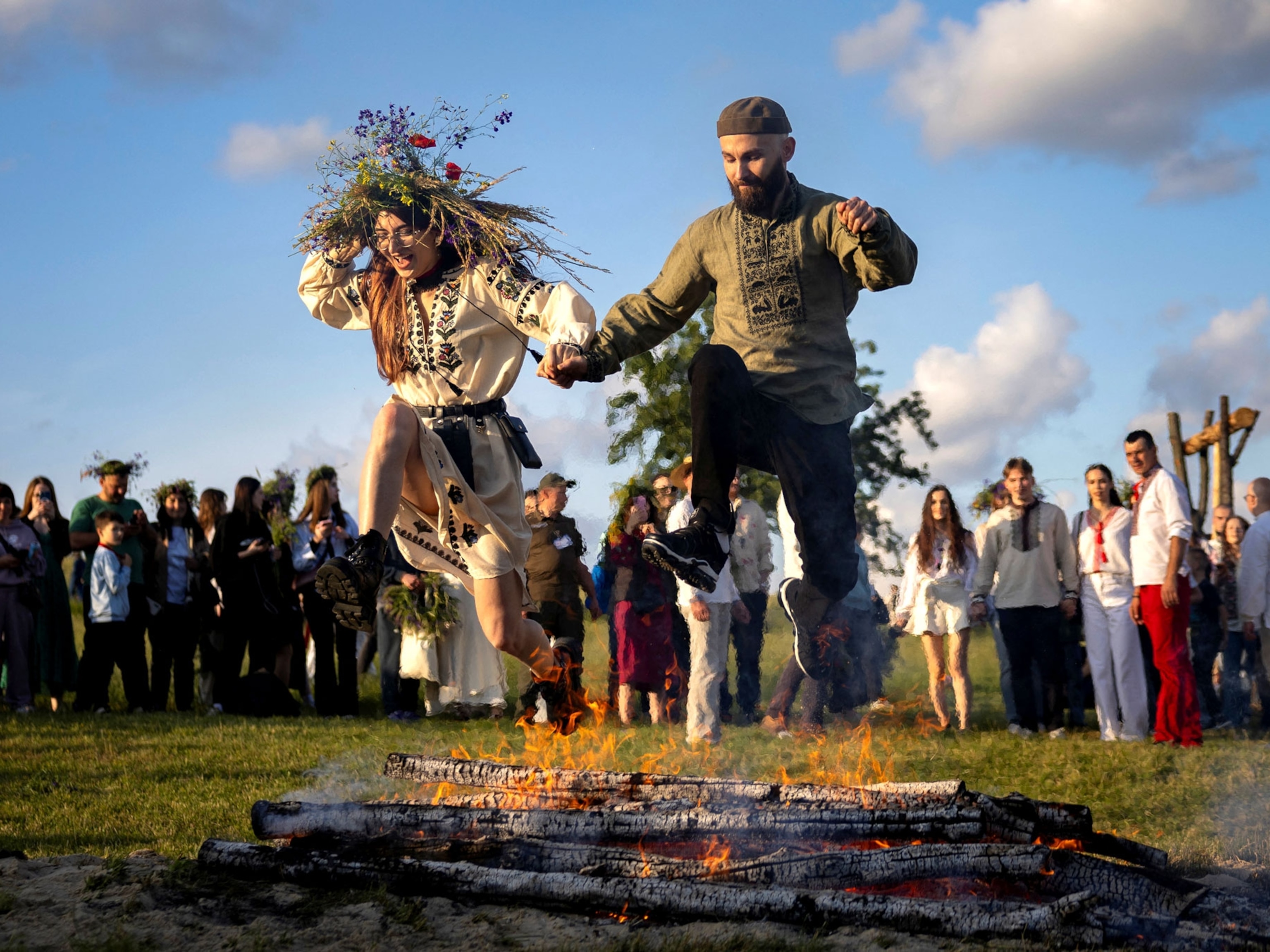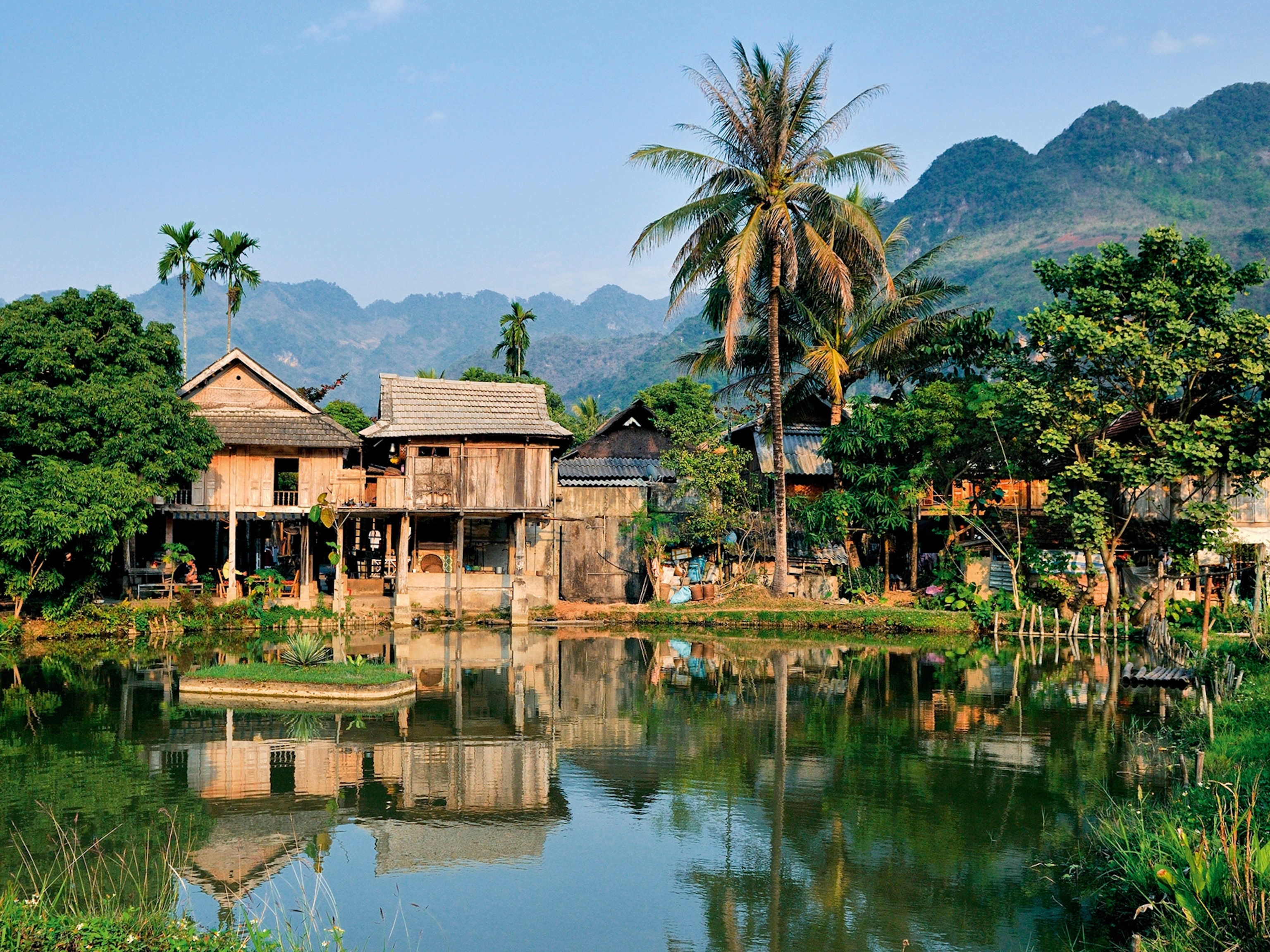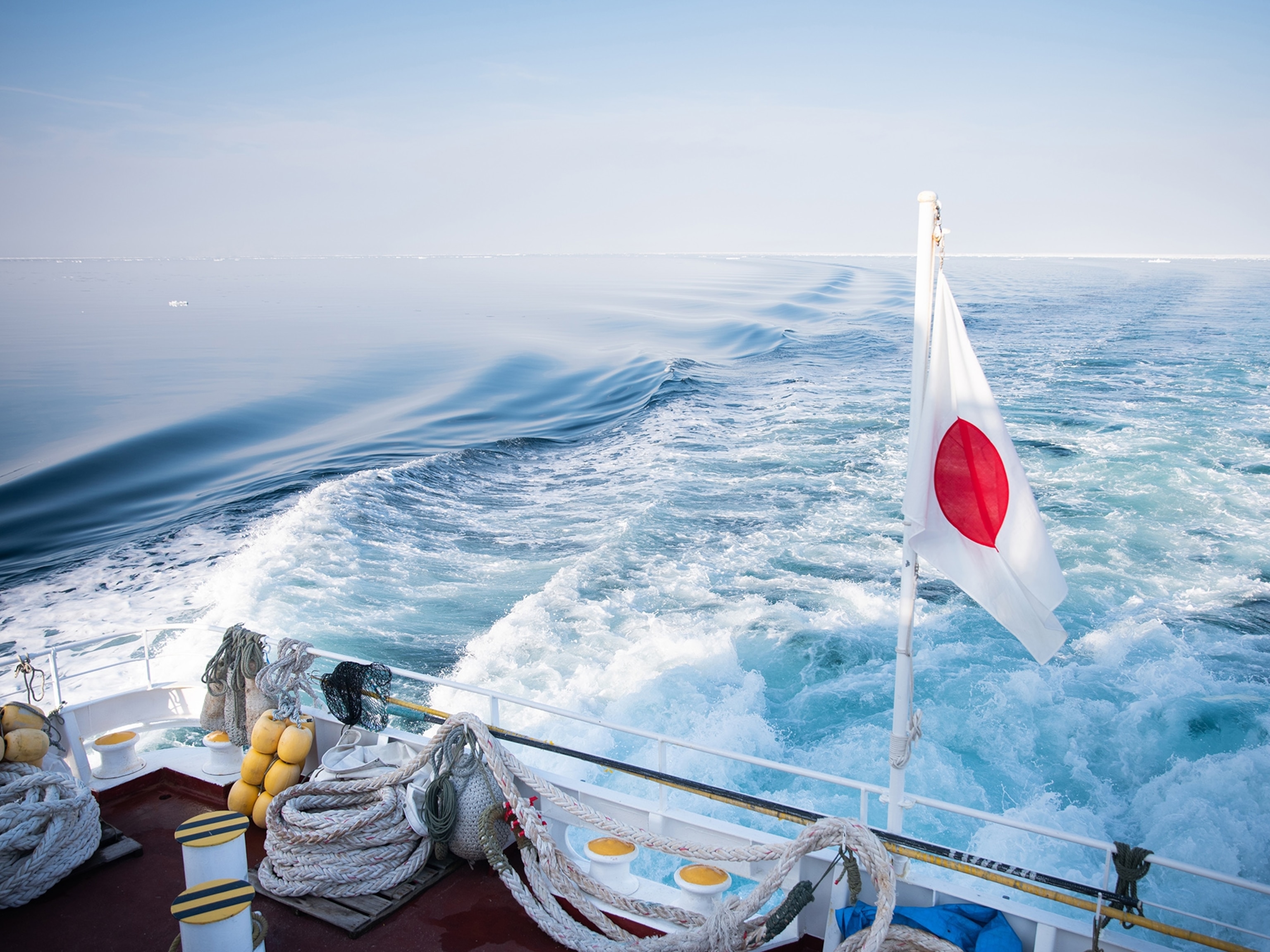
This Is Tourism in the Occupied Palestinian Territories
The West Bank wall is a living canvas of Israeli-Palestinian narratives.
A massive concrete wall looms oppressively over Bethlehem’s horizon. Many tourists flock to the city, curious to see the biblical birthplace of Jesus in a grotto under the sixth-century Church of the Nativity on Manger Square, a UNESCO World Heritage site. Instead of finding Christmas card-worthy surroundings of fields and shepherds, an imposing structure—planned to stretch a total of 440 miles and at some points, reaching up to 26 feet tall—divides the landscape.
“The wall is part of the history and everyday life of the local population,” explains Jerusalem native and National Geographic Explorer Aziz Abu Sarah. “It evokes strong emotions and opinions in Israelis and Palestinians for different reasons. You can explore many aspects of the Israeli-Palestinian narratives and conflict by visiting the wall.”
Foreign visitors take tour buses or taxis the short six miles from Jerusalem, riding along the blank wall that Israelis started building in 2000, justifying it as protection against terrorism. It’s necessary to show identification at a guarded checkpoint, restricting movement of Israelis and Palestinians. Considered racial segregation and apartheid by Palestinians, the wall on the side of the occupied Palestinian territories is covered in vivid, anarchic graffiti in protest.
“I aim to show the artistic aspect of the conflict, resistance through graffiti, painting, and colors,” says Israeli photographer Yoray Liberman, who traveled to Bethlehem, the epicenter of Palestinian tourism. “I also reflect the impact the separation wall has upon the landscape, the ecology and nature, to emphasize how big and massive the wall is in comparison with human beings.”

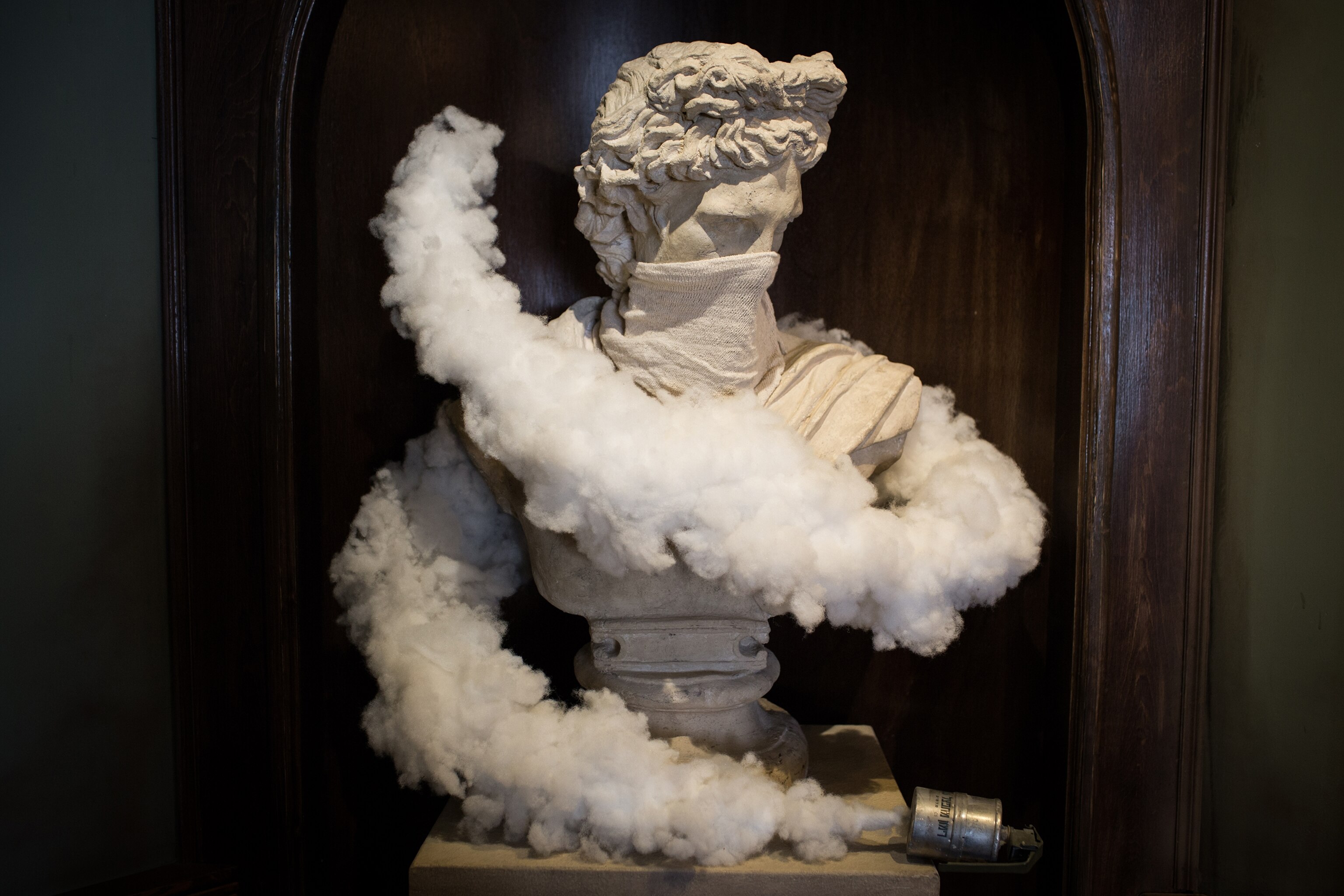
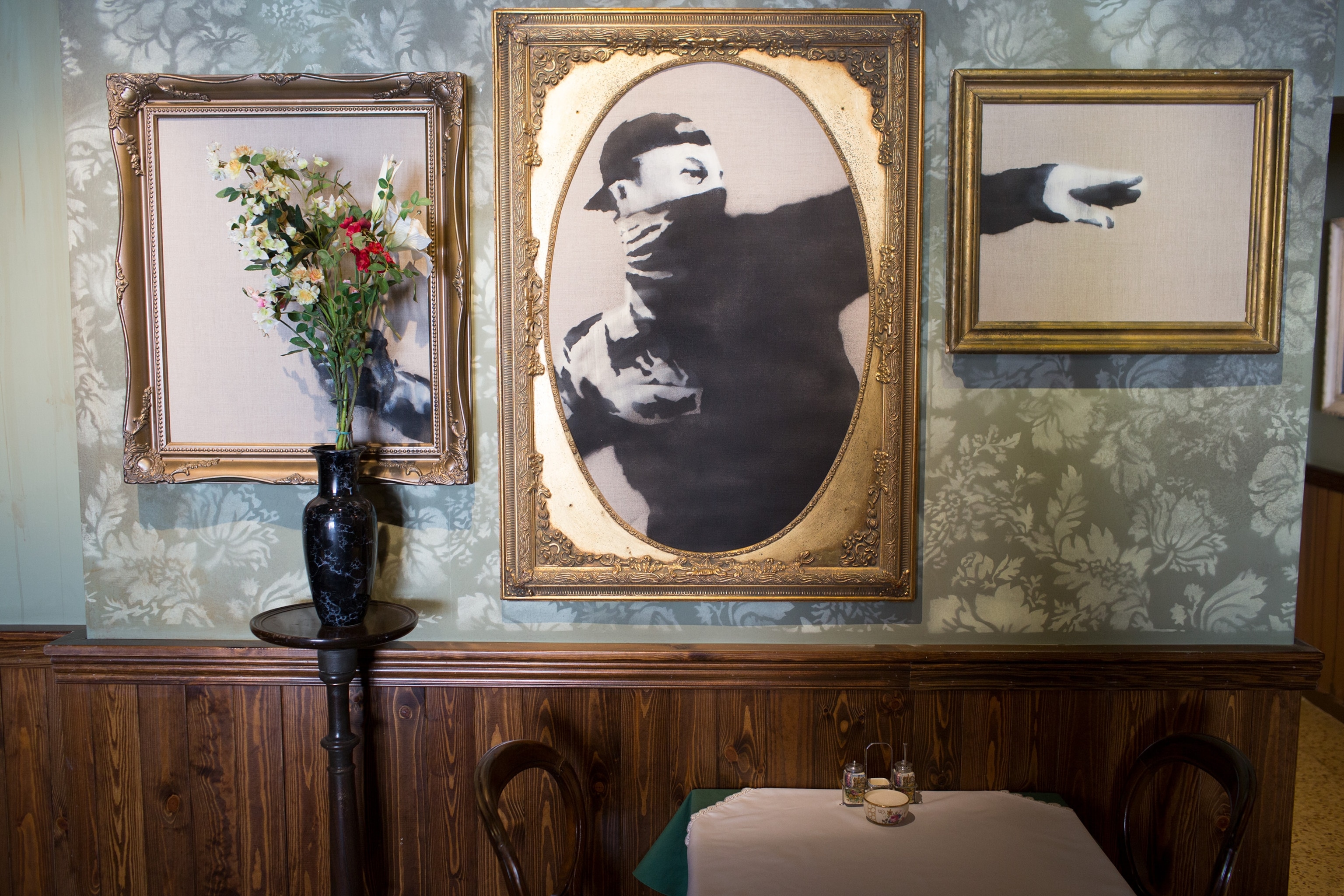
The visual spectrum of political views reach Manger Square, where taxi drivers hawk rides to see the most famous works of art by elusive British street artist known as Banksy, who used the wall as a canvas to bring awareness to the ongoing conflict since 2005. There’s the pigtailed girl frisking a soldier, a dove protected by an armored vest, and other provocative works. This year, Banksy encouraged even more people to come by opening the Walled Off Hotel right next to the border, where guests can stay the night in an art-filled hotel bragging the “worst view in the world.” Next door a graffiti shop charges guests to add their mark by supplying stencils and paint.
Beyond the city’s artistic narratives, locals offer their own unique and diverse perspectives. While taxi drivers tell stories of their life in Bethlehem while showing passengers the wall from a hill’s vantage point, organizations offer visits to local families in a refugee camp. Guests on the National Geographic Expedition in the Holy Land hear a unique dual narrative provided by both Israeli and Palestinian guides, trained by cultural educator Aziz Abu Sarah.
Some tourists intend to visit the wall, while others just pass by on the way to more enjoyable places to visit, like the exceptional stepped landscape of Battir covered in olive trees and grape vines, the renowned food scene of Nablus, or the winding alleyways of the oldest town in history, Jericho. Tourists should head to the wall for a deeper understanding of how the structure affects the lives of millions that live near it, and then explore the region beyond.
Yoray Liberman is a photojournalist based in Tel Aviv. See more of his work on his website.


